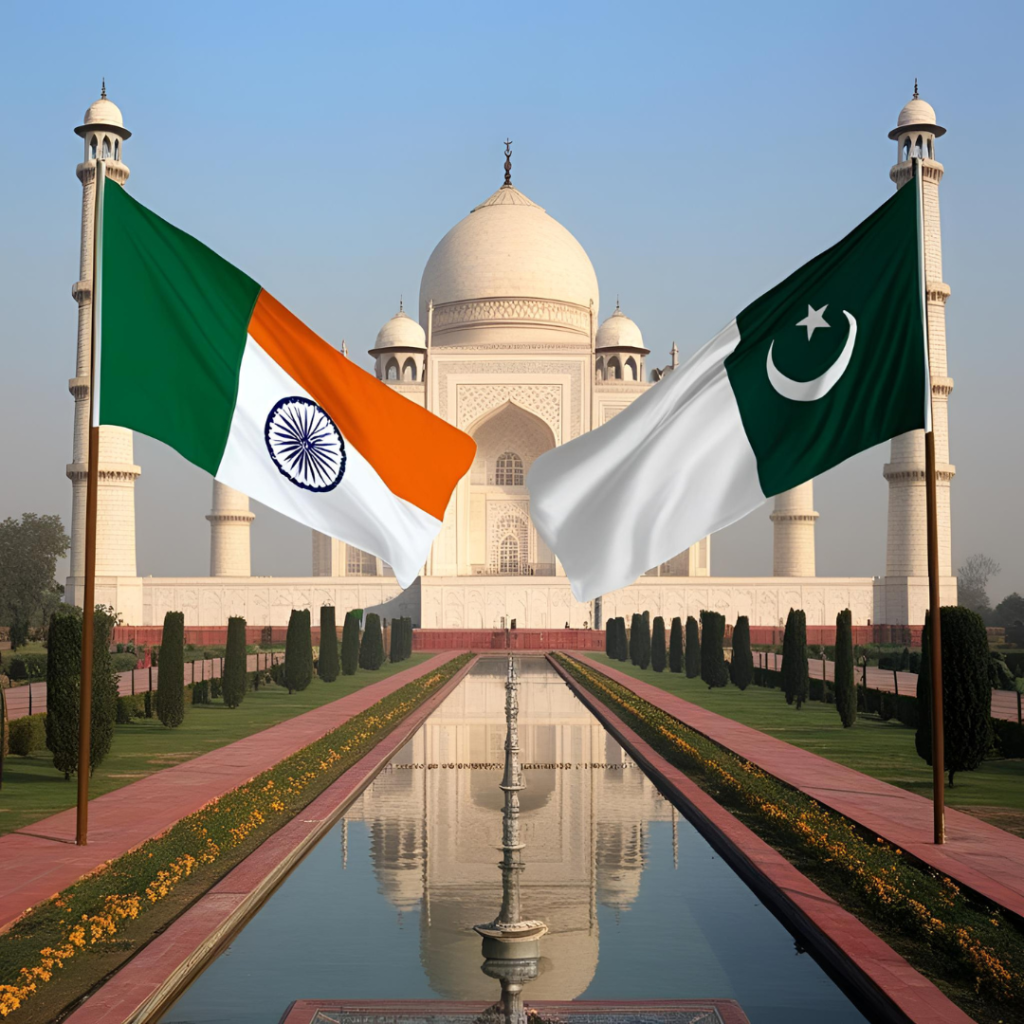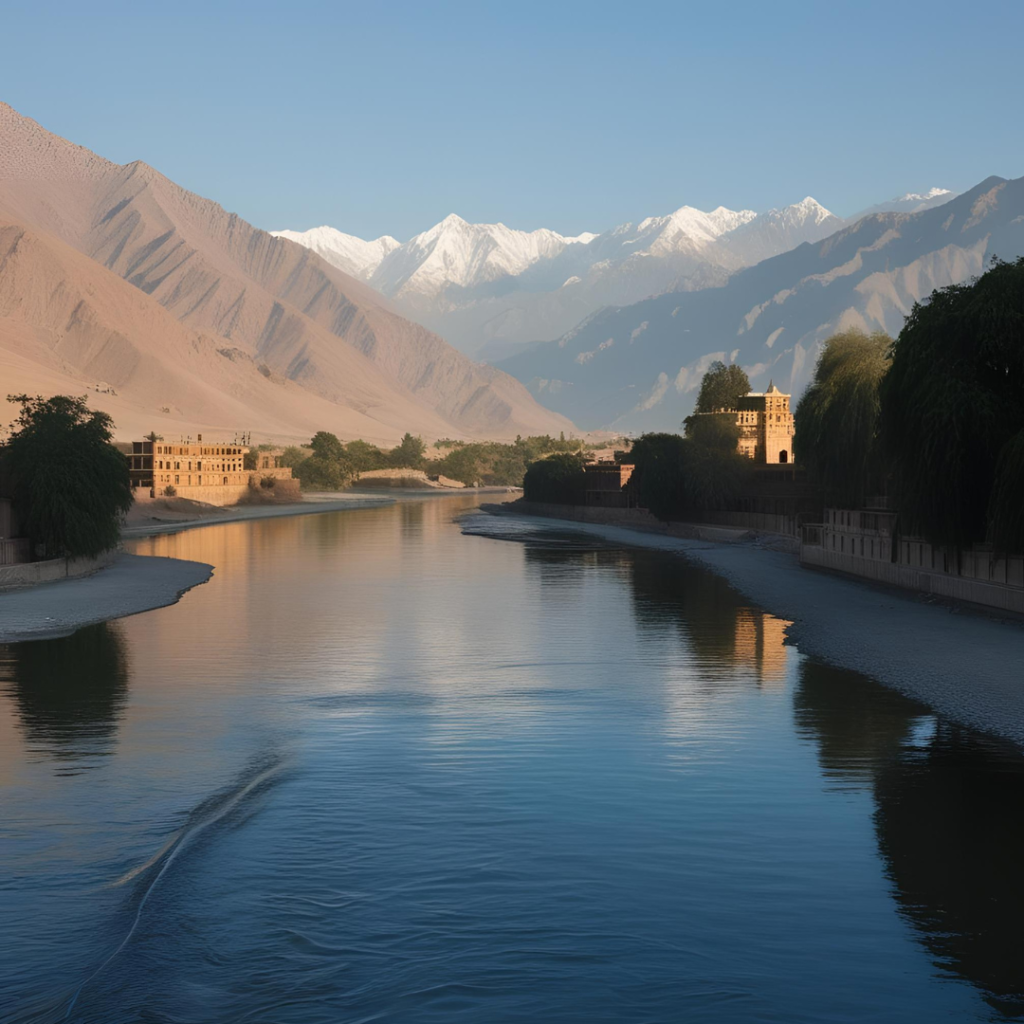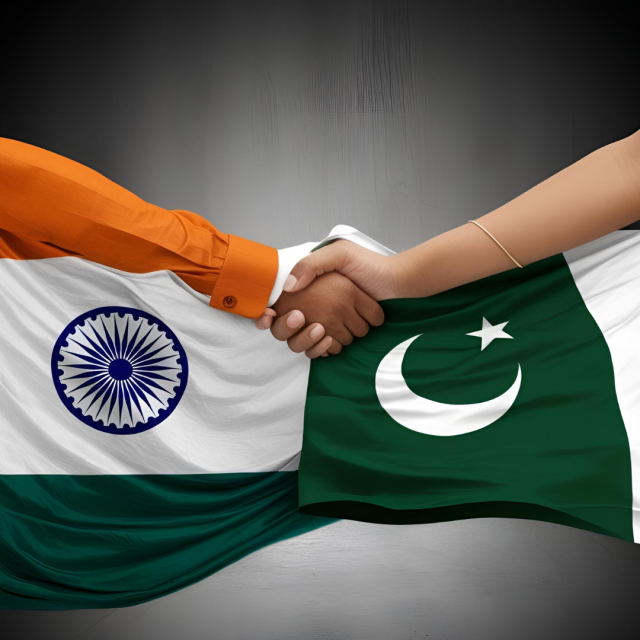Introduction
The rivalry between Pakistan and India is one of the most intense and long-standing geopolitical conflicts in modern history. Spanning over seven decades, this conflict is rooted in historical grievances, political disputes, and territorial ambitions. Despite numerous attempts at peace and dialogue, tensions continue to escalate, affecting not only the South Asian region but also global security dynamics.
The Origins of the Conflict
The conflict between Pakistan and India finds its roots in 1947, when British India was divided into two separate nations—India and Pakistan—largely based on religious demographics. This monumental event, known as the Partition of India, triggered one of the largest mass migrations in human history, with millions of people uprooted amid communal violence. At the heart of the conflict was the princely state of Jammu and Kashmir, a Muslim-majority region ruled by a Hindu Maharaja who chose to accede to India, sparking immediate tensions and violent confrontations.

Major Wars and Conflicts
1947–1948 Indo-Pakistani War: The First Kashmir War
Barely months after their independence, India and Pakistan went to war over Kashmir. Pakistan, aiming to annex the region, supported local tribal militias, while India, responding to the Maharaja’s decision to join India, deployed its army. The war culminated in 1948 with the establishment of the Line of Control (LoC), a temporary border that remains a flashpoint for conflict to this day.
1965 Indo-Pakistani War: The Second Major Conflict
In 1965, unresolved issues over Kashmir reignited into full-scale war. Pakistan launched Operation Gibraltar, intending to infiltrate Indian-administered Kashmir and incite local rebellion. This led to heavy fighting, tank battles, and significant casualties on both sides. The conflict ended in a military stalemate, with both nations agreeing to the Tashkent Agreement in 1966, mediated by the Soviet Union.
1971 War and the Creation of Bangladesh
The 1971 war is perhaps the most transformative in the subcontinent’s history. Stemming from civil unrest and political turmoil in East Pakistan (now Bangladesh), India’s intervention led to a brief but intense conflict. The war concluded with a decisive Indian victory and the emergence of Bangladesh as an independent nation. This event not only reshaped regional geopolitics but also deepened hostilities between India and Pakistan.
1999 Kargil Conflict: A High-Altitude Standoff
The Kargil War of 1999 was the last major military confrontation between the two nuclear-armed neighbors. Pakistani forces, along with militants, occupied strategic heights on the Indian side of the LoC. Intense fighting ensued, marked by artillery duels and high-altitude warfare. International pressure, particularly from the United States, led to Pakistan’s withdrawal, but tensions have remained high ever since.

Nuclear Deterrence and Modern-Day Tensions
The nuclearization of both nations in 1998 added a perilous layer to their rivalry. Despite international concerns, both countries have continued to develop their nuclear arsenals, creating a fragile balance of power in the region. The Line of Control remains volatile, with frequent skirmishes, cross-border shelling, and allegations of ceasefire violations.
Peace Talks and Diplomatic Efforts
Efforts to resolve disputes through dialogue have been ongoing but sporadic. Notable agreements include the Simla Agreement (1972), the Lahore Declaration (1999), and more recent attempts at backchannel negotiations. However, meaningful progress has often been hindered by political mistrust and outbreaks of violence.
The Way Forward: Is Peace Possible?
For lasting peace, there must be a shift from military confrontation to diplomatic engagement. Confidence-building measures, economic cooperation, and improved people-to-people contact are crucial for stability. International mediation and regional partnerships could serve as catalysts for enduring peace in South Asia.
If you want to read more information about how to boost traffic on your Website just visit –> The Insider’s Viewswww.hormuud.com



































